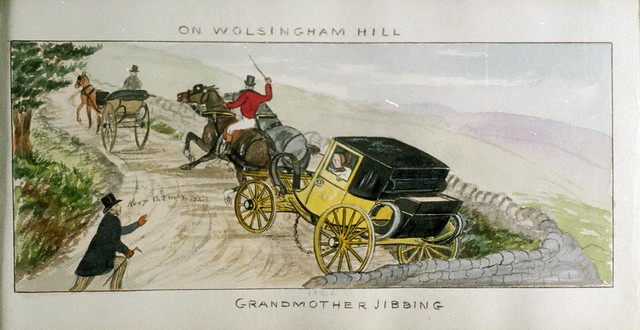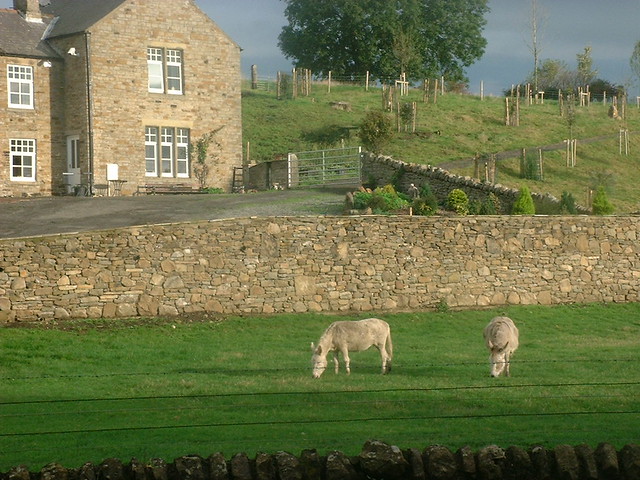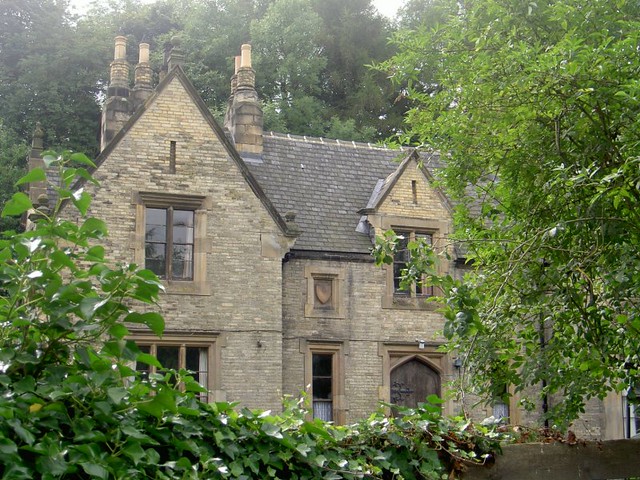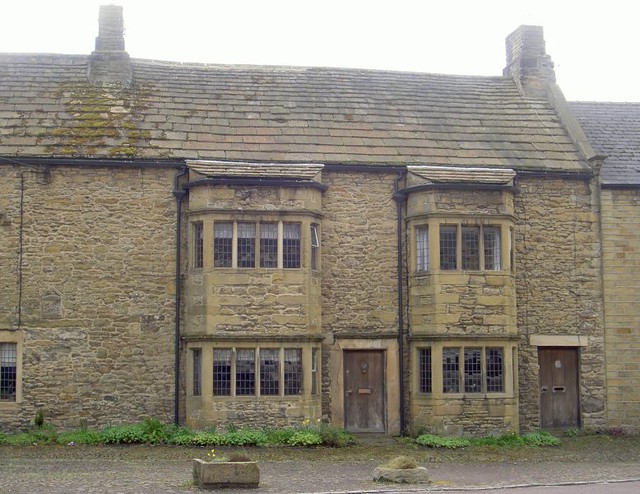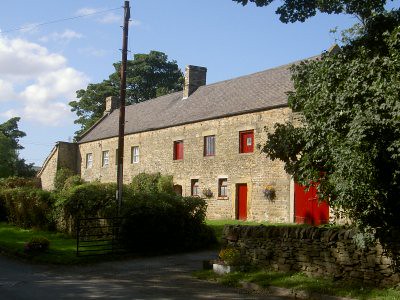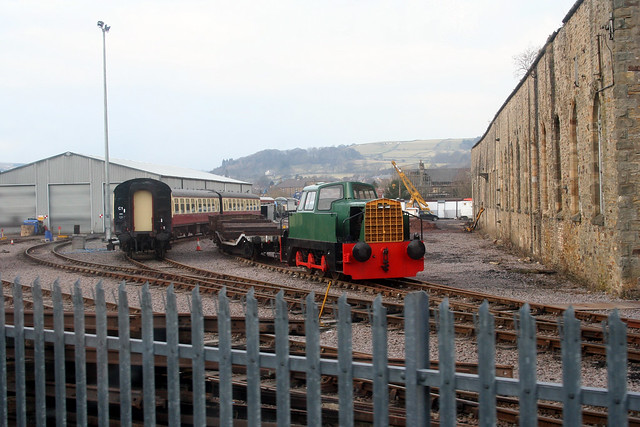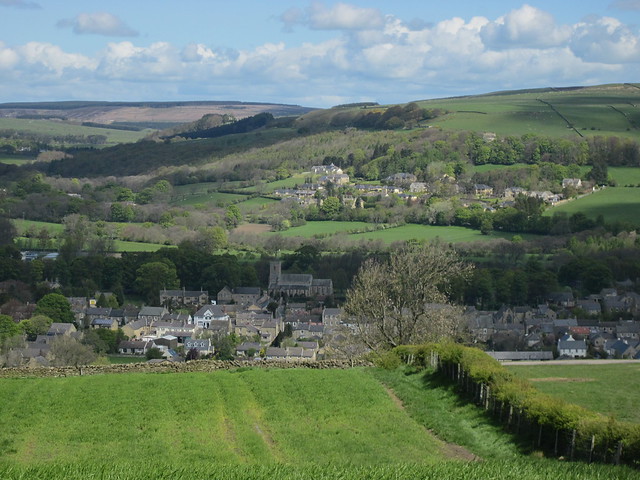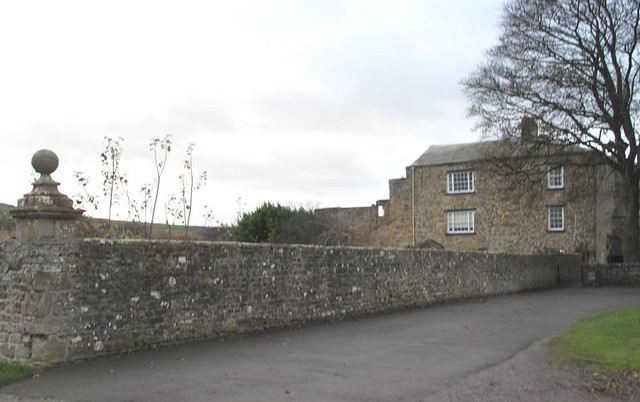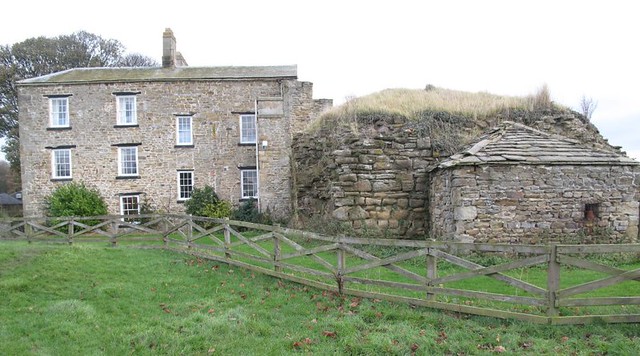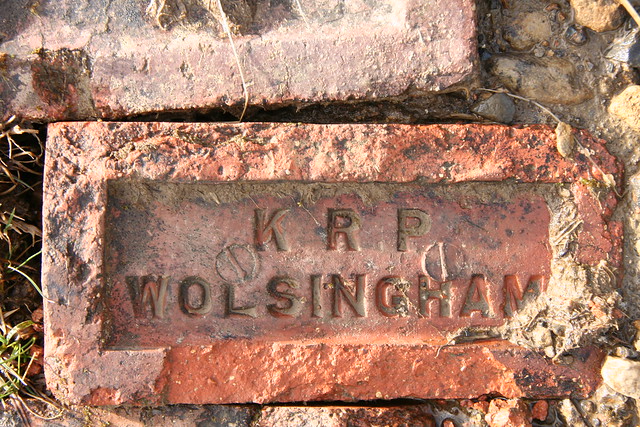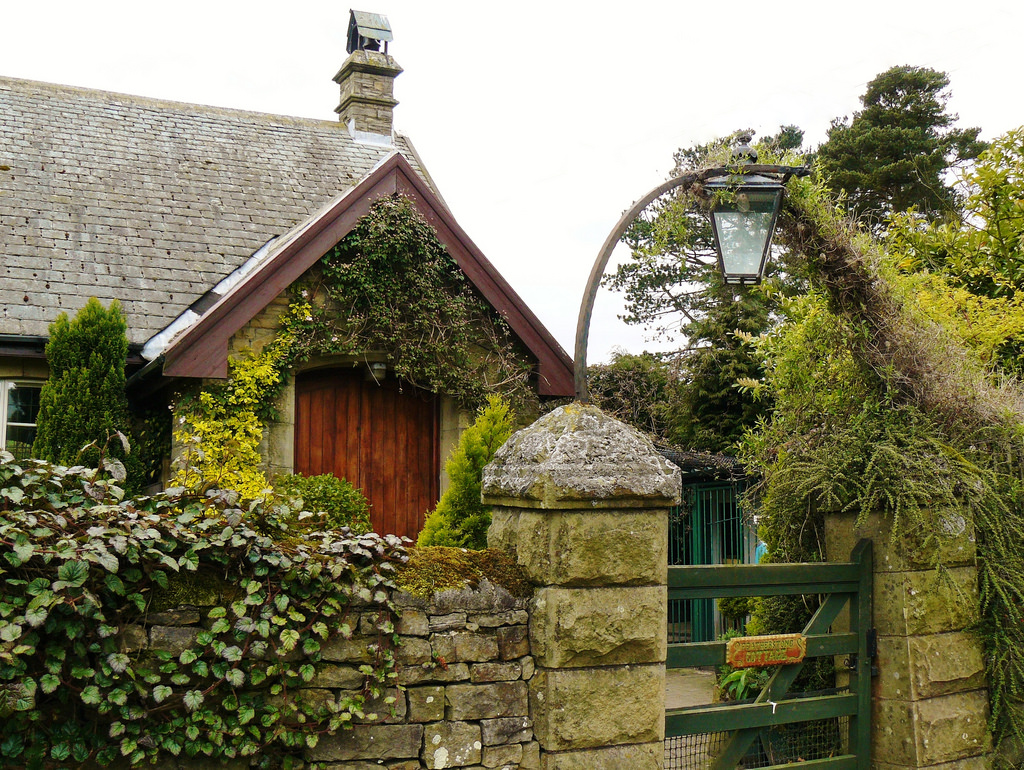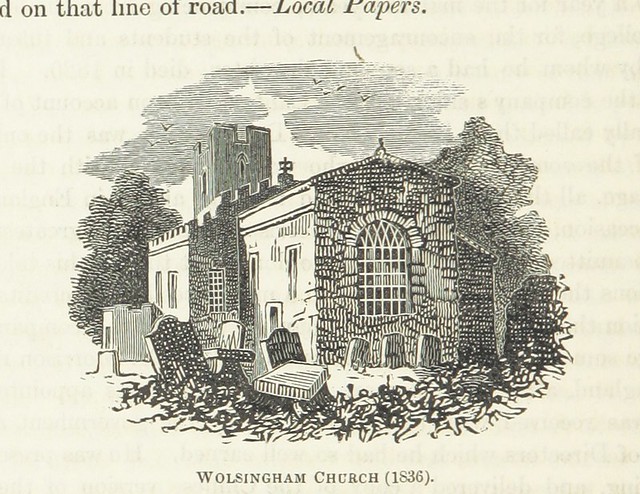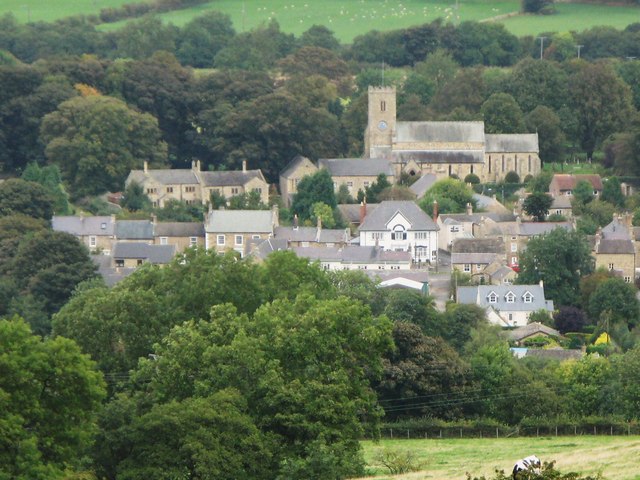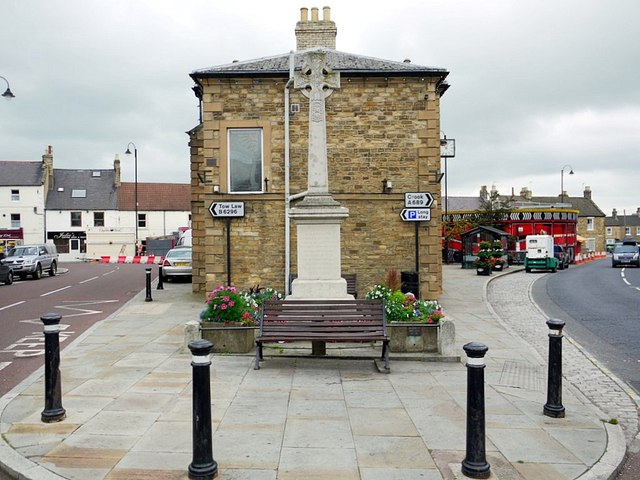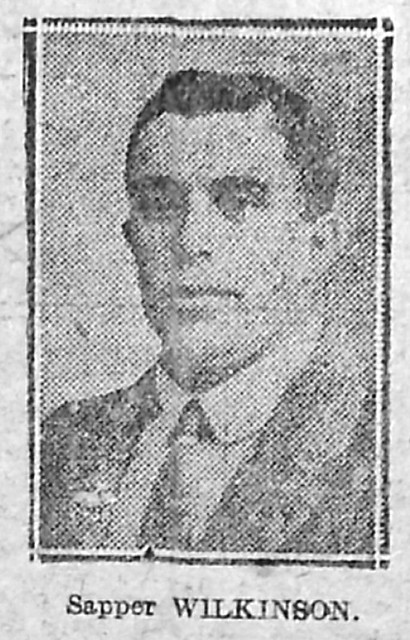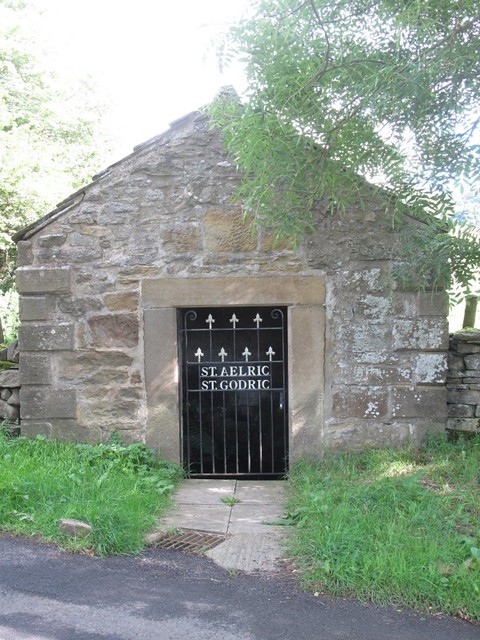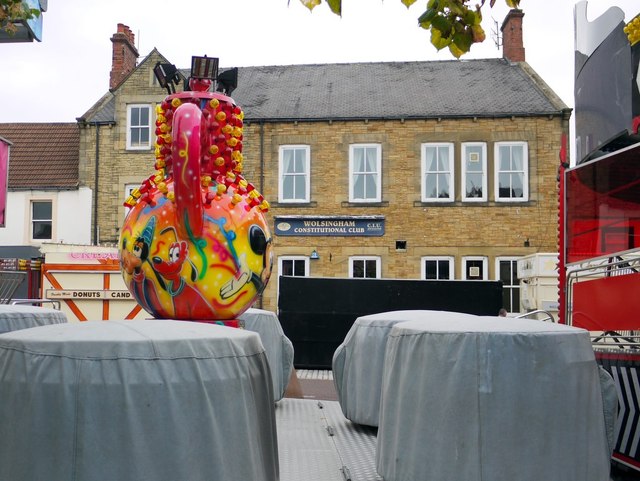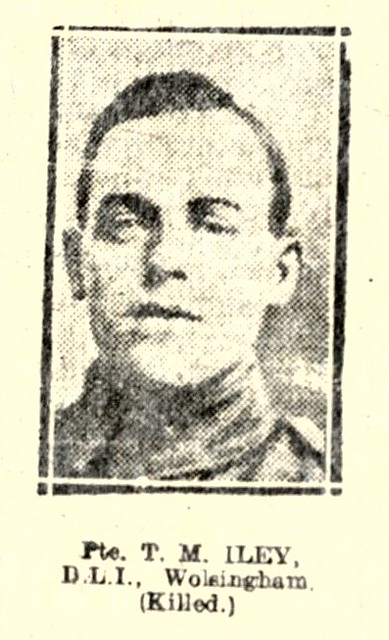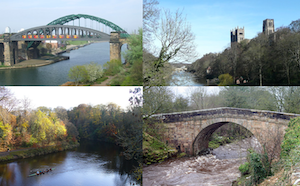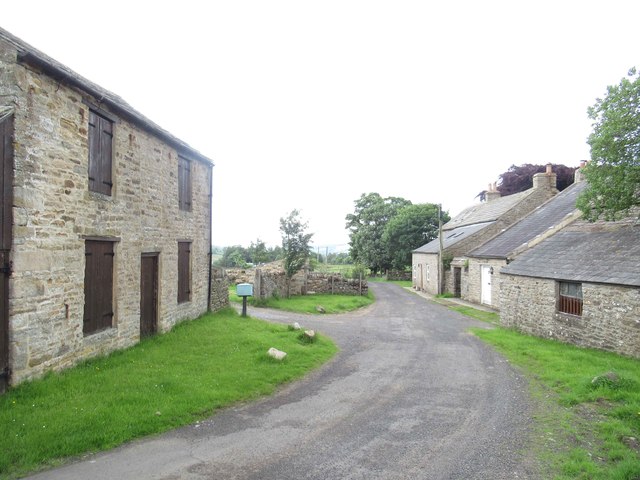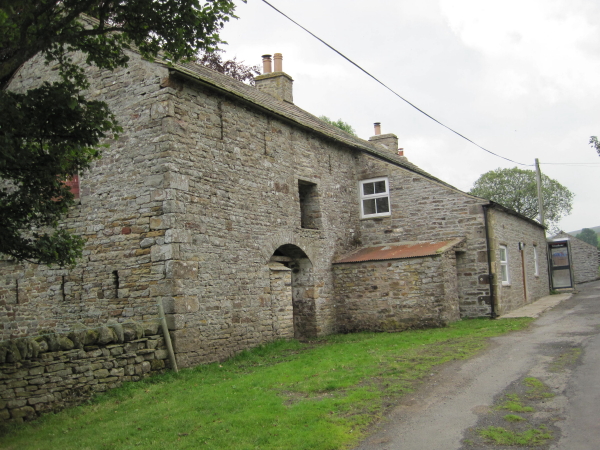Topics > County Durham > Wolsingham
Wolsingham
Wolsingham sits at the confluence of the River Wear and Waskerley Beck. It is a small settlement and one of the first market towns in County Durham, deriving its name from Waelsingas, or Sons of Wael, an ancient Saxon family that once lived there. The earliest known record of the town is to be found in Reginald of Durham's Life of Godric where it is stated that the saint lived there for almost two years about 1120 AD with Elric the hermit.
Wolsingham was then a thriving community, holding land by servile tenure. There were shepherds, plough-makers, beekeepers, forest keepers, wood turners, carters, etc. They toiled for two purposes – producing corn and other foodstuffs for themselves and supplying the larder of the Bishop's Castle. The bishop and his friends indulged in hawking, but hunting for red deer in the parks of Wolsingham and Stanhope was their principal pastime. The bishops' hunting forest in Weardale was the second largest in England after the New Forest.
The oldest houses in Wolsingham are at Whitfield Place on Front Street, there are three cottages, the left-most dated 1677 and with the initials 'DM'.
The other properties here have an even longer history. They are said to have been converted from the former Pack Horse Inn where Edward III may have rested on returning from his unfruitful encounter with the Scots in Weardale in April 1327. Another king, Charles II, is said to have ridden his horse up the internal staircase of the house in the 17th century and it still has an impressive staircase today.
In 1615, a market charter was granted to the bailiff and inhabitants of Wolsingham, and in 1667 the charter was confirmed with the appointment of a piece of land to hold the market and fairs. This market was of considerable importance and offered many facilities to the surrounding districts. There were several looms in the town; table linens, draperies, weaving materials and clothes were always in demand. Drapers from Yorkshire and Newcastle upon Tyne frequented the market, as did hatters from Hexham and Barnard Castle. Spices and gingerbread were also on sale.
A memorial to the Roman Catholic priest John Duckett marks the spot where he was arrested before being taken to Tyburn, where he was executed in 1644. There is a Roman Catholic church and convent (now converted to housing) in the town, along with large Church of England, Baptist, and Methodist congregations.
Wolsingham Grammar School was established in 1614, and in 1911 a new building was opened. It is now part of a split-site Comprehensive school with another part due to be built this year (2014–2015).
John Wesley, co-founder of the Methodist Church, made many visits to Weardale and preached in Wolsingham several times between 1764 and 1790 from a rough stone pulpit at the rear of Whitfield House. The first Wesleyan meeting house was built in 1776 for the Wolsingham Methodist Society and John Wesley preached there. The building was later used as an undertakers and is now part of the outbuildings of Whitfield House. Two further Wesleyan chapels were constructed in 1836 and 1862 and a Wesleyan school was built in the High Street in 1856. People attended from all over the dale and the numbers grew when the Wolsingham steelworks opened.
In 1885 a Primitive Methodist chapel was built that went out of use in 1983 when its interior fittings were moved to the USA. St. Thomas of Canterbury RC Church was built in 1854 and an associated school in 1864.
The Victorian industrialist Charles Attwood built an ironworks on the edge of the town, a major employer from 1864, producing steel from Weardale iron ore. Steel castings were produced for use in both shipbuilding and munitions, industries of major importance to the North East. The works made a major contribution to the war effort in both World Wars. Electric arc furnaces were installed around 1950 but trade declined and the works closed in 1984. Manufacture continued for a time on a smaller scale run by a workers cooperative until it closed for good in 2008. There are plans to fully develop the area after the site was levelled and decontaminated in 2009.
On the north hillside of Wolsingham Attwood built his home, Holywood Hall. After his death it became a hospital. This was the regional sanatorium for the treatment of tuberculosis, but by the early 1960s there were so few cases that it was virtually redundant although the open verandah rooms were still in use. In 1962 the decision was made to transfer elderly patients from Sedgefield Mental Hospital to this beautiful setting. The patients were mainly elderly, long-term residents of impaired mental faculty, who had no living relatives to care for them and were 'institutionalised' and would have been unable to cope with independent living. When the hospital closed it was redeveloped into four dwellings and the land surrounding the Hall was developed to contain a number of luxury homes.
Wolsingham is a very interesting place with much to offer and is still in touch with its true roots.The rural country side area doesn't offer much but it Is a wonderful place due to its past and the history it holds
Visit the page: Wolsingham for references and further details. You can contribute to this article on Wikipedia.

County Durham
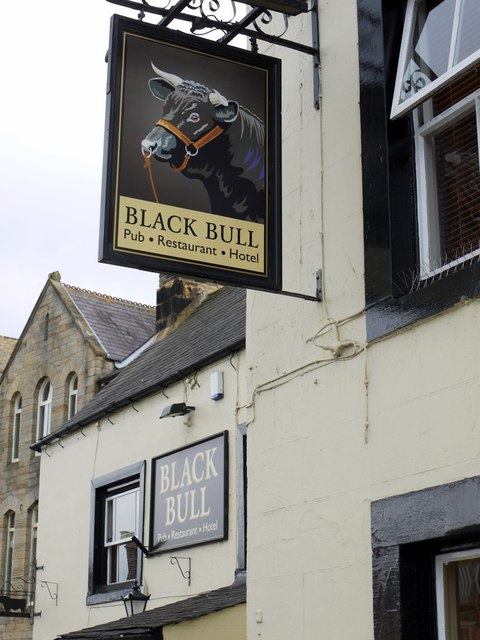
Black Bull, Wolsingham
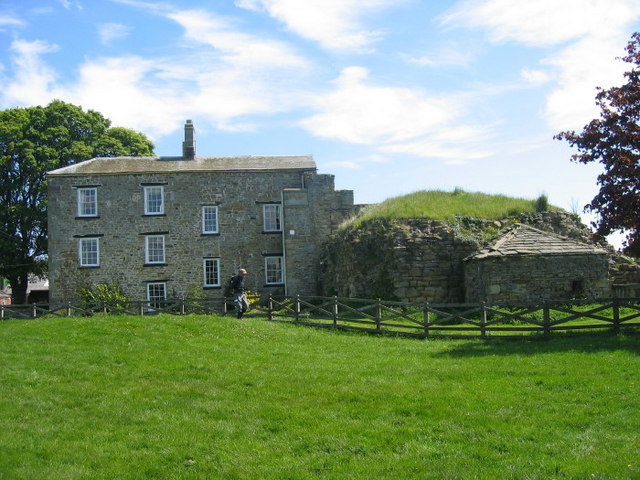
Bradley Hall, Wolsingham
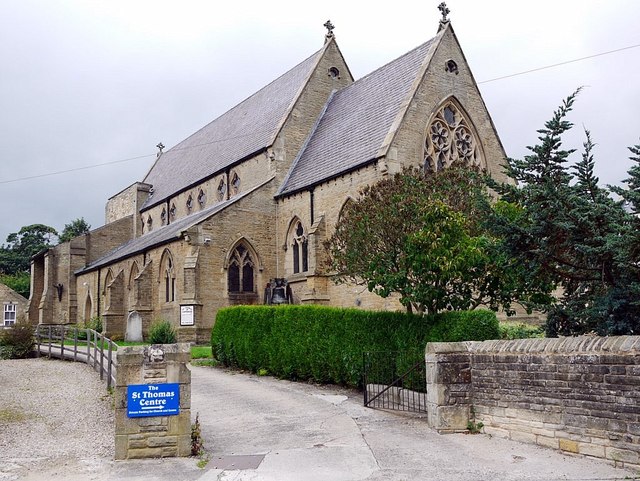
Church of St Thomas of Canterbury, Wolsingham
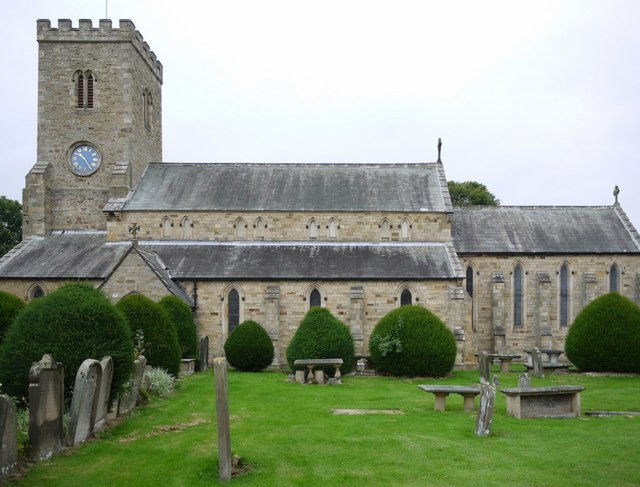
Church of St. Mary and St. Stephen, Wolsingham
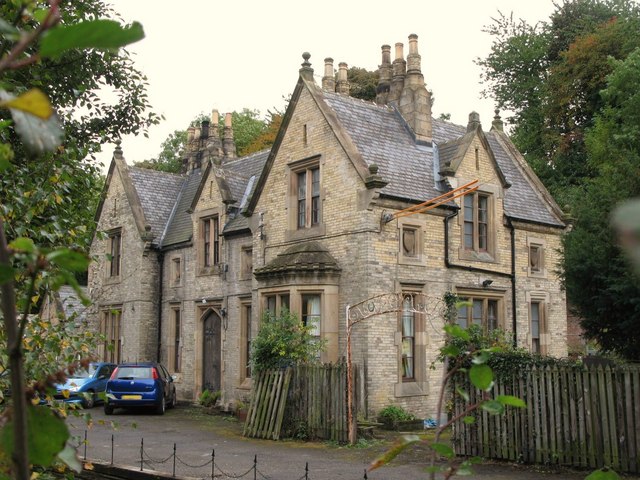
Former Station Building, Wolsingham

Wolsingham Parish, 1848

Map and Aerial view of Wolsingham
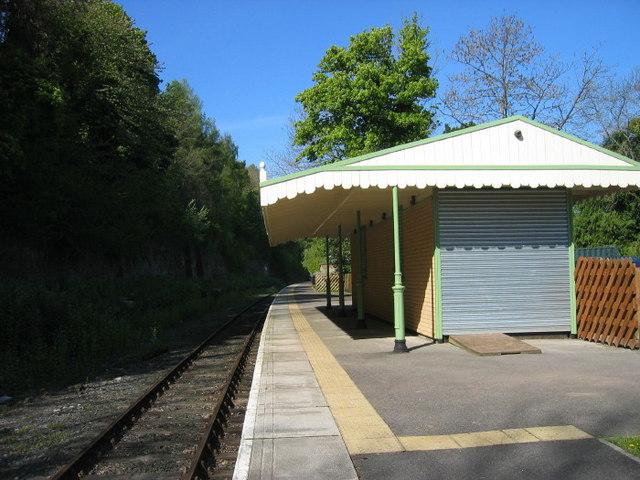
Railway Station, Wolsingham
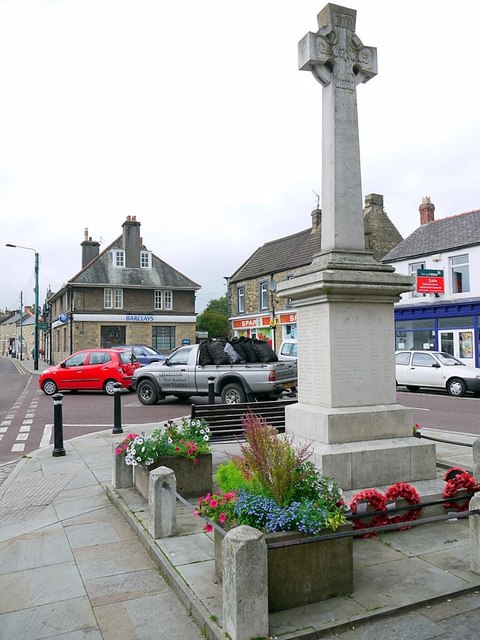
War Memorial, Wolsingham
